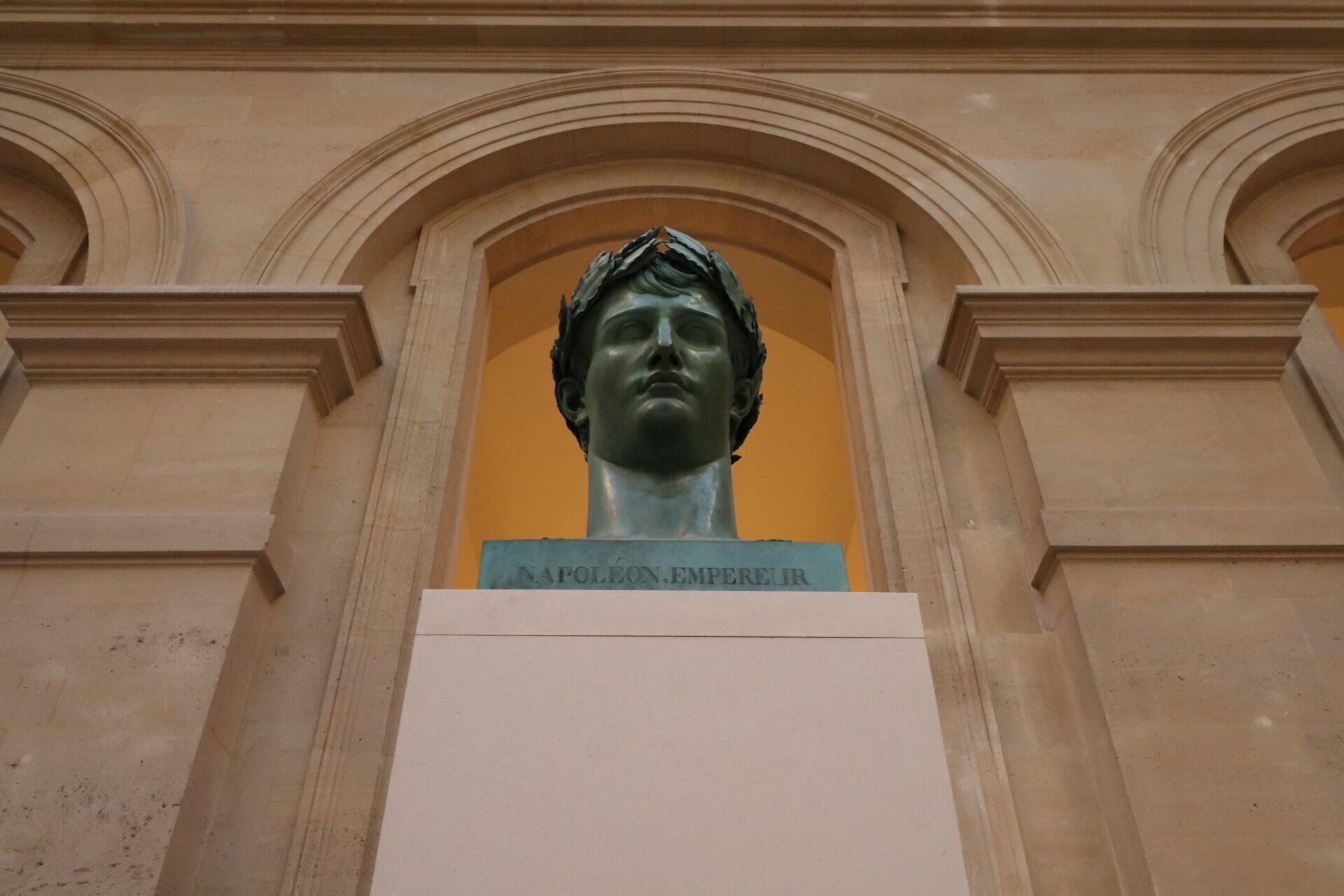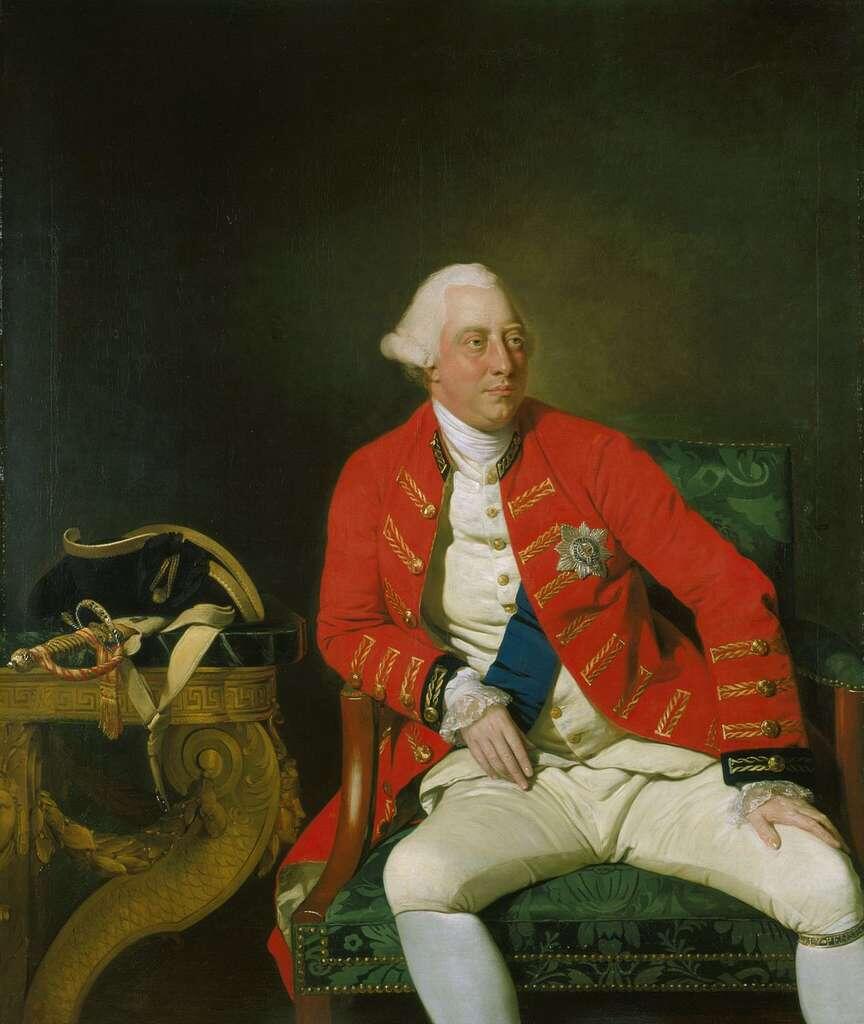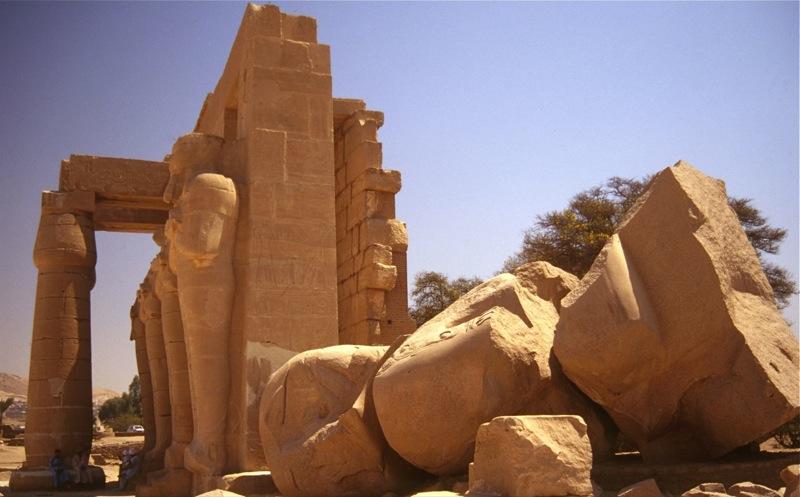For me context is the key - from that comes the understanding of everything.
Kenneth Noland
Ozymandias is a GCSE staple, as well as being one of the greatest and most memorable poems of its era, the Romantic era. Understanding the context in which Shelley wrote the poem, as well as its specific literary techniques, is essential for grasping its deeper meanings and explaining your thought process when answering exam questions or providing coursework on the poem.
This article explores both the context of the poem and its use of poetic devices, providing a comprehensive look at Ozymandias (and Shelley himself) within the framework of the Romantic era and its comparison with other works in the GCSE English curriculum.

✨ Introduction: The Importance of Context
To fully immerse yourself in a new poem is more than just reading the lines — it’s about reading between them. In other words, you are not only drawing out information, but also uncovering the poem’s deeper meaning, and purpose, which is context. Context plays a significant role in shaping the readers' perception and interpretation of a literary text.
Context helps readers to make sense of the subject of the poem and acts as a bridge to connect the readers to the author in the following aspects:

🕰️ Historical Background of “Ozymandias”
Next, let's review this timeline to see how the poet of Ozymandias, Percy Bysshe Shelley, and the Romantic era enter the picture to set the historical context and tone of this poem.
1792
Percy Bysshe Shelley was born in Sussex, England, to an aristocratic family
1798
Publication of Wordsworth and Coleridge’s "Lyrical Ballads," focusing on Romantic themes, marks the beginning of the Romantic poetry era
1811
Shelley was expelled from Oxford for writing "The Necessity of Atheism", a reflection of his radical thoughts
1813
Shelley published political works such as Queen Mab and The Revolt of Islam, which demonstrated Romanticism's values
1814
Married his second wife, Mary Shelley, after his first wife drowned
1815
The end of the Napoleonic Wars in Europe
1817
Shelley wrote Ozymandias as a literary challenge with his friend, Horace Smith. The poem was published a year later.
1818
Shelley moved to Italy with his family, but continued to write
1822
Died in a drowning accident
👑 Political Climate: The Full Circle Moment During The Creation of "Ozymandias"
From the timeline, you'll notice that Shelley was born during the late 18th century, and not long after that, Romantic poetry began to flourish with the rise of William Wordsworth and Samuel Taylor Coleridge. This implies that Shelley would have been exposed to Romantic ideas and poetry from an early age.
At the same time, his childhood and young age would have centred around the devastating impacts of the French Revolutionary Wars and Napoleonic Wars in Europe, which England was very much involved in, under the rule of King George III (from 1760 to 1820).
Shelley probably developed a more radical worldview that was shaped by revolutionary thoughts and the historical events that happened. For instance, he was a vocal critic of institutional authority (the Church and Monarchy).
The eventual fall of Napoleon in 1815, the great French ruler, probably fueled his political beliefs that absolute power and any form of tyranny would eventually come to an end.

Additionally, Shelley was active in the literary circle and was a skilled writer. He befriended many poets, including Horace Smith, an English poet, novelist, and stockbroker. Ozymandias was written as a result of a friendly literary poetry writing challenge with Smith when news of the head-and-torso fragment of a statue of Ramesses II (known as The Younger Memnon) was expected to arrive in Britain in 1817.

📜 Literary Context and Cultural Influences
Published in 1818, “Ozymandias” uses grandiose language to explore the Romantic era’s anxieties about power and authority.
Known for his radical views on politics, religion, and social justice, Shelley uses natural imagery of the desert, sand, and art (the statue of Ozymandias) to write a political allegory about a once-powerful king, whose great empire and achievements are no longer in existence.

A literary technique used to convey hidden meaning through symbols or metaphors.
Shelley used a powerful ancient king like Ozymandias to mirror his sentiments towards England's monarchy of that time, King George III.
The poem aligns with Romantic ideals by challenging the hubris of human authority and celebrating the natural world's power to outlast human endeavours. The poem's description of the desolate desert landscape and the ruined statue creates a sense of vastness and emptiness, with a sense of wonder and melancholy that is common among the Romantic poetry of the 1800s.
Don't forget to review the summary of Ozymandias.
⏳ Significance of Ozymandias Today
Shelley's portrayal of Ozymandias shows us the idea that all things must pass, as well as the futility of building a huge empire that will eventually turn to dust. This idea reflects the Romantic belief in nature's supremacy over human ambition and the unnecessary idea of trying to control or dominate the natural world.
A masterpiece of the Romantic era, Ozymandias's legacy continued until the 21st century. Whether it's being taught during English literature lessons, quoted, or referenced in popular media, this poem remains a symbolic reminder of the impermanence of power.
Fun fact: It was the title and main theme of a Breaking Bad episode (Season 5, Episode 14), which featured the collapse of Walter White’s empire — every powerful empire, like Ozymandias, will eventually fall.
✍️Literary Devices in the Poem
Now, let's explore how different literary devices are used to enrich the poem. First, we'll look at the overall structure of the poem.
Type of poem
- 14-line sonnet (irregular mixture of Petrarchan (Italian) or Shakespearean (English) sonnet
Rhyme scheme
- ABBAABBACDCDCD with iambic pentameter
Narrative
- Begins with the writer's voice recalling the story of a traveller alongside the layered structure
The structure plays a significant role in shaping the tone and pace of the entire poem, which eventually works well with other literary devices to enrich the meaning and emotional impact on the readers — while enriching the poem's context, working hand in hand. The other most common literary devices present in Ozymandias are irony, imagery, and metaphor.
Irony is a figure of speech where the intended meaning of words is opposite to their literal meaning. For example, saying "What a beautiful day" during a storm is ironic because the statement contrasts with the actual weather conditions.
Irony is perhaps the most striking literary and poetic device in Ozymandias. The inscription on the pedestal of the statue reads, "Look on my Works, ye Mighty, and despair!" This statement, intended to convey Ozymandias's greatness and power, is deeply ironic and almost funny given the present ruined state of the statue and the desolate surroundings.
A metaphor is a figure of speech that directly compares two unlike things by stating that one is the other, helping to illustrate or enhance an idea.
Metaphor is a prominent device in Ozymandias and has been used to convey the poem's central themes. The statue itself is a metaphor for the king's hubris and the fleeting nature of political power — a representation of the idea that no empire lasts. Although Ozymandias's name and achievements were once celebrated, all that remains is a broken statue, half-buried in the sand. This image symbolises how even the greatest of human accomplishments are ultimately eroded by time and nature.

Shelley also uses the desert as a metaphor for emptiness and the inevitable decay of all things. The vast, barren landscape surrounding the ruins suggests that human achievements are insignificant when set against the boundless expanse of time and nature.
A technique that uses vivid language and description that appeals to the senses, such as sight, smell, hearing, touch, and taste.
We certainly cannot miss out the ultimate literary device, which deepens the effects of both irony and metaphor in this poem — imagery. Shelley uses vivid descriptions in various lines to paint a picture of emptiness in the desert, where only the ruined statue remained.
While the statue still vaguely bears the image of Ozymandias (the powerful ancient Egyptian king), it is now incomplete, and the remains are now surrounded by sand, emphasising the metaphor of time and nature, which will eventually erase any trace of power and human achievements. You can actually "picture" the desert and the statue in your mind when you read Shelley's descriptions.
Visual imagery of the setting
- Imagery quote: “Boundless and bare / The lone and level sands stretch far away."
- Effect: Showcased the state of the desert, which evokes a sense of emptiness and futility
Visual imagery of the statue
- Imagery quote: “Half sunk, a shattered visage lies..."
- Effect: The once grand statue of Ozymandias is now half destroyed and buried in the empty desert, symbolising the end of past glory
📍 Other Examples of Poetic Devices in Ozymandias
Here are some examples of key quotes in the poem that demonstrate various literary devices.
| Key Quote | Poetic Device | Explanation |
|---|---|---|
| "Two vast and trunkless legs of stone / Stand in the desert." | Imagery | Vivid visual description helps readers to picture the broken statue isolated in a barren desert. |
| "My name is Ozymandias, King of Kings" | Allusion (Biblical) | The boastful inscription where Ozymandias refers himself to the King of Kings emphasises his pride, arrogance and self-proclaimed greatness as King of Kings is a reference phrase to Jesus's identity as God in the Bible. Shelley is trying to imply that Ozymandias thinks he is as powerful as God. |
| "And wrinkled lip, and sneer of cold command." | Personification | The statue’s lip and sneer mirrors the emotions and actual character of Oxymandias, giving life-like qualities to the statue |
| "The hand that mocked them, and the heart that fed;" | Personification | The “mocking” hand and “feeding” heart reveal the character of the ruler through the sculptor’s art. |
| The statue of Ozymandias | Metaphor | Represents the impermanence of power and the eventual decay of all human achievements. |
| "Boundless and bare" | Alliteration | Repeated consonant (like boundless and bare) to create a flowof emptiness |
| "The lone and level sands stretch far away." | Assonance | Repeated vowel sounds (lone and level) to produce a lyrical flow of distance and despair |
| "Look on my works, ye Mighty, and despair!" | Irony | The proud command is deeply ironic given the ruined state surrounding it, emphasising impermanence. |
🎯 Conclusion: Understanding Through Context and Devices
By understanding the context of the Romantic era and the specific poetic techniques Shelley employs, readers can appreciate the enduring relevance and power of Ozymandias. Every great empire will one day face its swan song, regardless of the location and timeline, as mentioned in the poem (Ozymandias in Egypt), the fall of Napoleon Bonaparte (Napoleonic Wars), and King George III (monarch of England).
These historical, political, and cultural contexts can help you break down the poem and interpret it comprehensively. You'll be able to see the relevance of the core themes and messages in today's society while appreciating the beautiful writing of Shelley as one of the representatives of Romantic poetry through the literary devices, too.
When you are doing your GCSE analysis of Ozymandias, it is helpful to explore full summaries of the poem and the techniques used. Being able to justify your ideas about the poem is crucial to ensure that you get the best possible results. If you want to take your poetry analysis skills to the next level, we highly recommend you to connect with an experienced English tutor at Superprof.

An experienced tutor can offer you personalised one-to-one tutoring to help you master all you need to know to score for your GCSE English Literature paper, from each poem's summary, contexts, themes, poetic devices, form, and language.
In just a few clicks, you can find a tutor based on your learning preferences, including teaching experience, qualifications, teaching methodology, and hourly rates. Head to the Superprof homepage to start browsing the tutors' profiles!
We hope this article has offered you some insights into Ozymandias's context and literary devices. Now, you'll certainly look at this poem with a richer and wider perspective!















